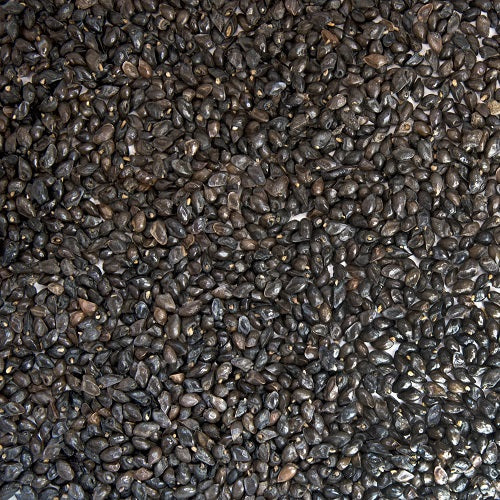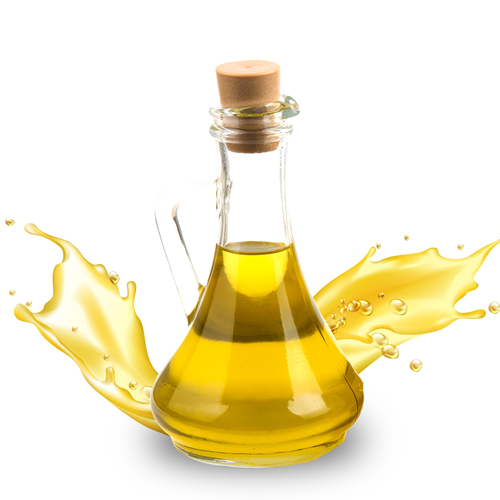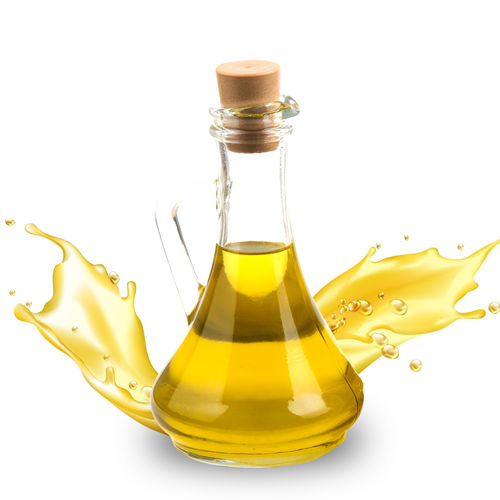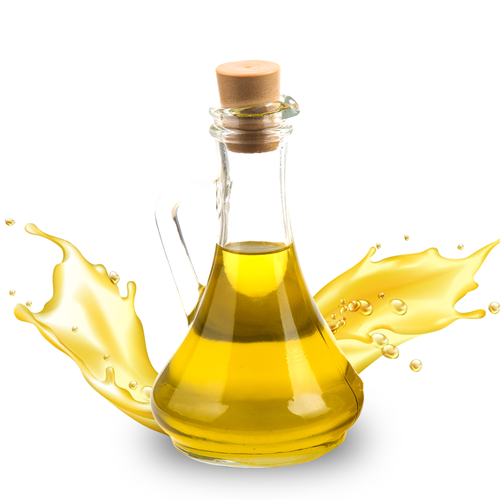Menu
Add description, images, menus and links to your mega menu
A column with no settings can be used as a spacer
Link to your collections, sales and even external links
Add up to five columns
Add description, images, menus and links to your mega menu
A column with no settings can be used as a spacer
Link to your collections, sales and even external links
Add up to five columns
LOOKING FOR BULK INGREDIENTS PRICING?

Benefits of Comfrey Seeds - Wholesale B2B Bulk Suppliers in USA
Comfrey Seeds: Nature’s Healer for Regenerative Gardening and Herbal Medicine
Comfrey (Symphytum officinale) is a hardy perennial herb revered for its fast growth, soil-enriching qualities, and traditional healing properties. Comfrey Seeds are an excellent starting point for cultivating this beneficial plant, which has been used for centuries in herbal medicine and permaculture. Whether for topical remedies or enriching garden ecosystems, comfrey is a valued addition to any herbalist’s garden or regenerative farming system.
Botanical Profile
-
Botanical Name: Symphytum officinale
-
Family: Boraginaceae
-
Plant Part Used: Seeds
-
Color: Dark brown to black
-
Common Names: Comfrey, Knitbone, Boneset
Plant Characteristics
Comfrey is a robust plant that produces large, broad leaves and clusters of bell-shaped purple, blue, or white flowers. It is deeply rooted, which allows it to draw up nutrients from deep in the soil. Once established, it grows rapidly and can be harvested several times a year.
Benefits and Uses of Comfrey Seeds and Plant
-
Natural Wound and Bone Support
Traditionally, comfrey has been used to aid healing of bruises, sprains, fractures, and skin irritation. Its nickname “knitbone” reflects its long-standing use in external applications to help "knit" tissues together. -
Rich in Allantoin
Comfrey leaves and roots are high in allantoin—a compound known to stimulate cell regeneration and reduce inflammation. This makes it useful in poultices, salves, and compresses. -
Soil Conditioner and Fertilizer
Comfrey acts as a dynamic accumulator. Its deep roots pull up nutrients like potassium, calcium, and nitrogen, storing them in its leaves. Chopped comfrey leaves can be used as mulch, compost activators, or steeped to make a liquid fertilizer. -
Permaculture and Companion Planting
Comfrey’s fast growth and dense foliage make it excellent for weed suppression, erosion control, and attracting pollinators. It’s often planted around fruit trees or as a living mulch. -
Livestock and Garden Use
While raw comfrey is not typically recommended for human consumption due to its pyrrolizidine alkaloid content, it can be fed sparingly to some livestock or used to enrich compost piles.
Growing Comfrey from Seeds
Growing comfrey from seeds requires patience, as germination can be slow. Seeds should be stratified (chilled) before planting. Once sprouted, comfrey thrives in full sun to partial shade and moist, well-drained soil. It’s a low-maintenance plant that can live for decades.
Precautions
Comfrey contains pyrrolizidine alkaloids, which can be toxic to the liver when ingested in significant quantities. It is generally recommended for external use only in herbal preparations. Pregnant or nursing women and individuals with liver issues should avoid using comfrey without professional guidance.
Final Thoughts
Comfrey Seeds are a gateway to growing one of nature’s most valuable herbs. From soil regeneration to topical healing, this powerful plant offers multiple benefits for gardeners, herbalists, and eco-conscious farmers. With mindful cultivation and responsible use, comfrey continues to play an essential role in both natural medicine and sustainable agriculture.
For bulk orders and inquiries, visit Reveda - Comfrey Seeds
BUY ONLINE IN USA FROM REVEDA - The leading manufacturer B2B Bulk Wholesale Supplier of Comfrey Seeds in USA.
Also in Reveda: Health & Wellness

Benifits Of Omega-3 Fish Oil EE - 460 MG/G EPA & 180 MG/G DHA - Wholesale B2B Bulk Suppliers in USA
Read More
SUBSCRIBE NOW ...
Don't miss to get latest updates on sales, new releases and promotions

